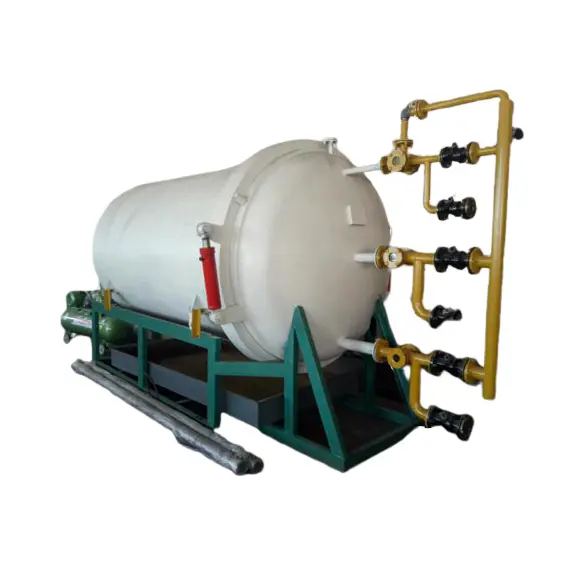Nov . 19, 2024 17:58 Back to list
cheap soybean oil refinery line
Exploring Cost-Effective Soybean Oil Refinery Lines
In recent years, the demand for soybean oil has surged due to its versatility, nutritional benefits, and role as a key ingredient in many food products. As a result, many entrepreneurs and businesses are looking to establish soybean oil refinery lines that are both efficient and cost-effective. This article delves into the intricacies of setting up a cheap soybean oil refinery line, focusing on equipment, processes, and economic viability.
Understanding Soybean Oil Refining
Soybean oil refining involves several key processes that transform crude soybean oil into a product suitable for consumption. These processes typically include degumming, neutralization, bleaching, and deodorization. Each step is crucial to improve the oil's quality, ensuring it meets regulatory standards and consumer expectations.
1. Degumming The initial step removes impurities and phospholipids using water or acid. This process is essential for enhancing oil stability and ensuring a longer shelf life.
2. Neutralization This step involves the removal of free fatty acids (FFAs) by treating the oil with an alkali solution. High levels of FFAs can lead to rancidity, making neutralization critical for achieving a high-quality final product.
3. Bleaching This process uses bleaching earth or activated carbon to remove color pigments, trace metals, and oxidation products, improving the oil's appearance and extending its shelf life.
4. Deodorization The final step removes volatile compounds that may impart undesirable odors and flavors to the oil. This is usually done through steam distillation, ensuring that the oil has a neutral taste and scent.
Equipment for a Cost-Effective Refinery Line
Establishing a cheap soybean oil refinery line does not mean compromising quality
. Key equipment needed for this process includescheap soybean oil refinery line

- Oil Press and Filter To extract crude oil from soybeans efficiently, an oil press is essential. Combining this with a filter ensures that impurities are minimized from the outset.
- Degumming Tank A simple tank where the degumming process takes place can be created using affordable materials, maximizing cost-effectiveness.
- Neutralization Reactor This can be constructed using stainless steel or other durable materials to ensure that the alkali treatment is safe and effective.
- Bleaching and Deodorization Units While these processes typically require specific technologies, many manufacturers offer modular and small-scale units that are economically viable for new players in the market.
Economic Considerations
Investing in a low-cost soybean oil refinery line can be economically advantageous. With careful planning and sourcing of materials, businesses can minimize their initial investments while ensuring a high-quality product. Furthermore, the increasing global demand for healthy cooking oils presents a lucrative opportunity for those ready to enter the market.
In addition, establishing partnerships with local soybean farmers can reduce raw material costs, helping to stabilize operating expenses. With the right marketing strategy, businesses can position their soy oil as a healthy and cost-effective alternative to more expensive oils.
Conclusion
Setting up a cheap soybean oil refinery line is a feasible venture for aspiring entrepreneurs and businesses. By understanding the refining processes, acquiring the necessary equipment, and managing economic factors effectively, new players can carve a niche in the burgeoning market for soybean oil. This provides not only profitable opportunities but also contributes to the growing demand for natural and versatile cooking oils worldwide. Investing in such ventures can yield significant returns while promoting healthy dietary options for consumers.
-
HP 120 Cold Oil Press - Hebei Huipin Machinery|Cold Oil Extraction,Oil Press Machine
NewsAug.14,2025
-
Versatile Multi-Seed Oil Press: Groundnut, Sesame, Sunflower
NewsAug.14,2025
-
HP 120 Cold Oil Press - Hebei Huipin Machinery | High-Efficiency Oil Extraction
NewsAug.13,2025
-
HP 120 Model Cold Oil Press - Hebei Huipin Machinery Co., LTD
NewsAug.13,2025
-
HP 120 Cold Oil Press-Hebei Huipin|Oil Extraction, Multi-Functional
NewsAug.13,2025
-
Black Seed Oil Expeller | High-Efficiency Oil Press Machine
NewsAug.13,2025
